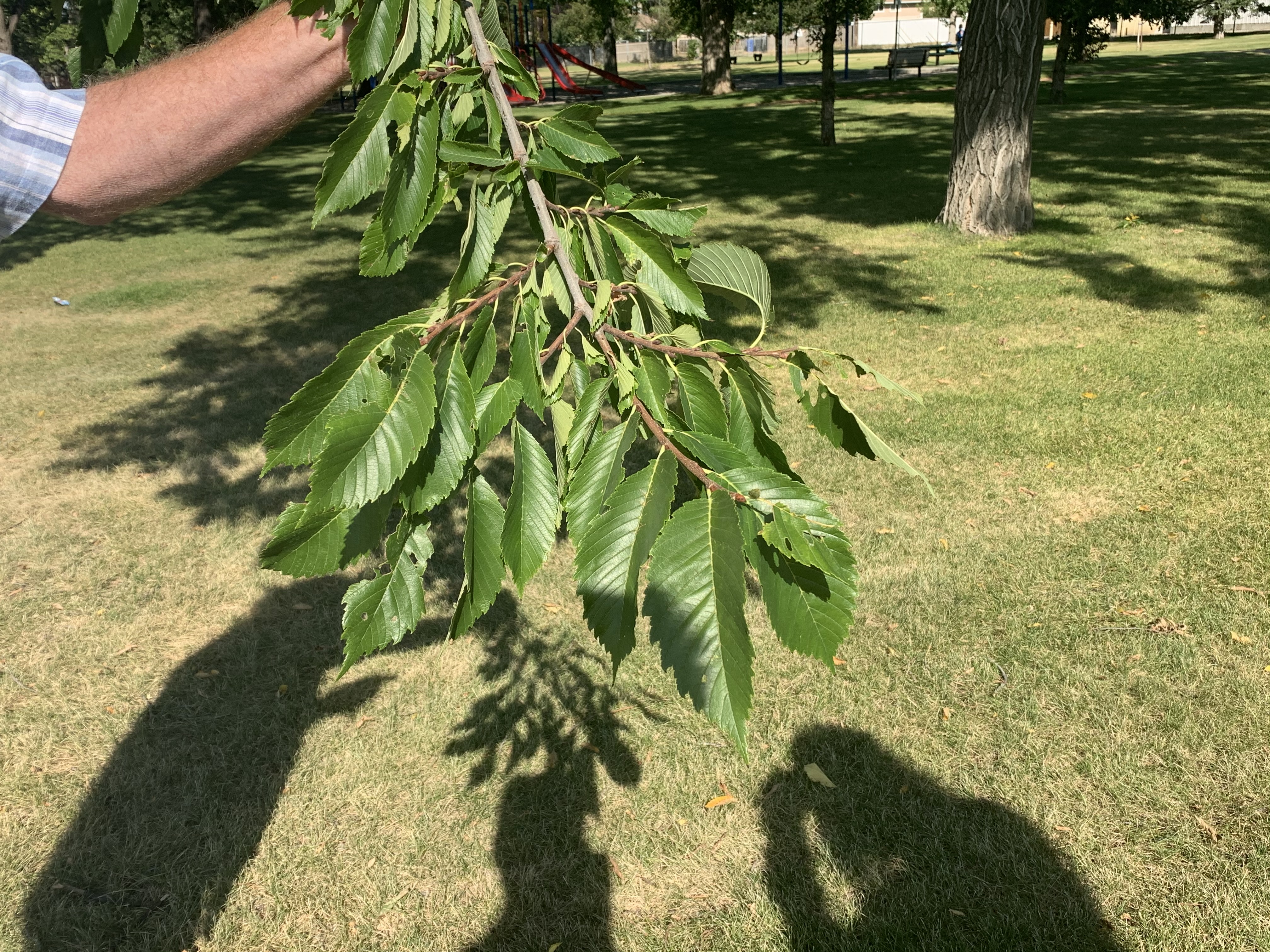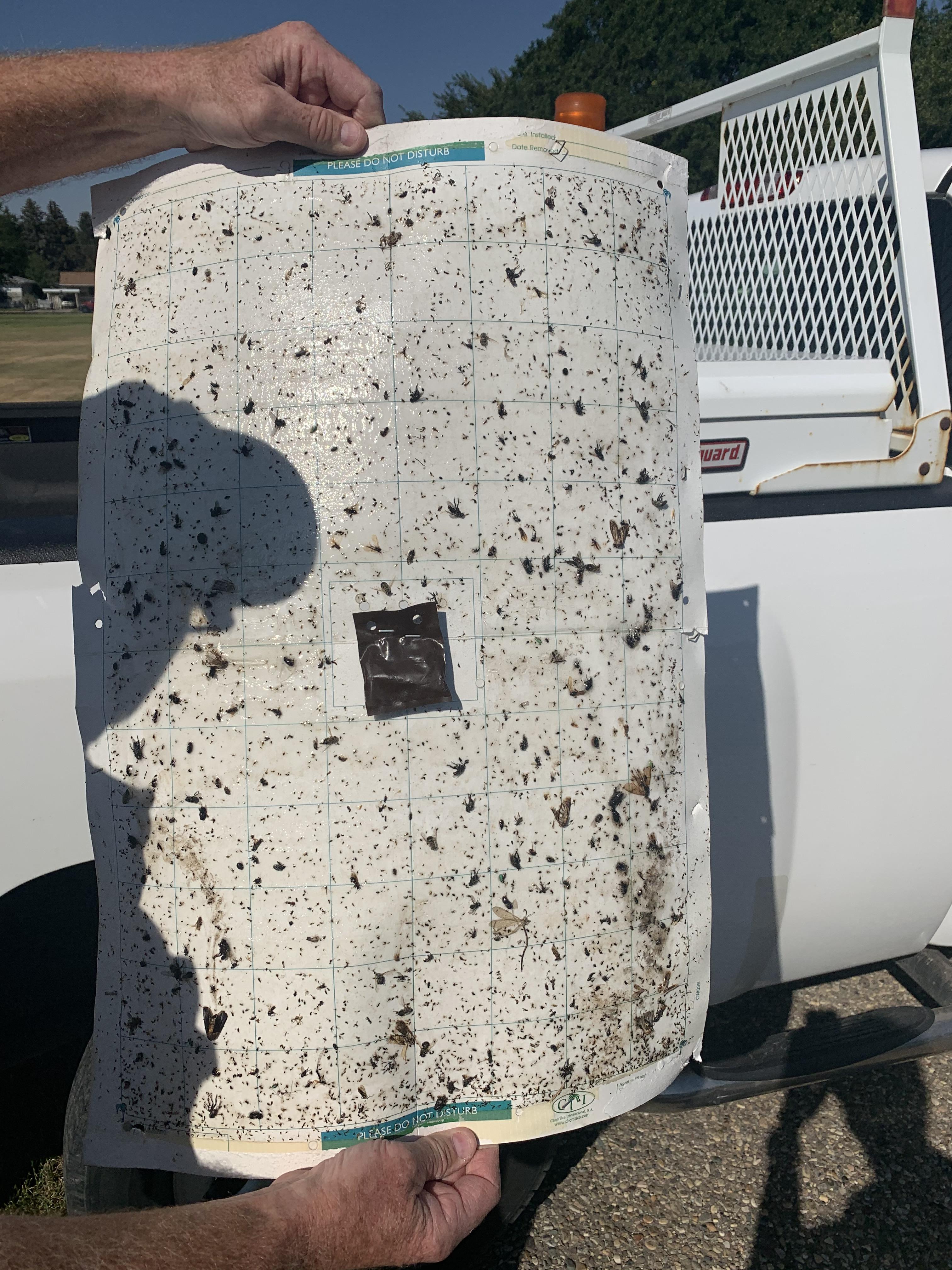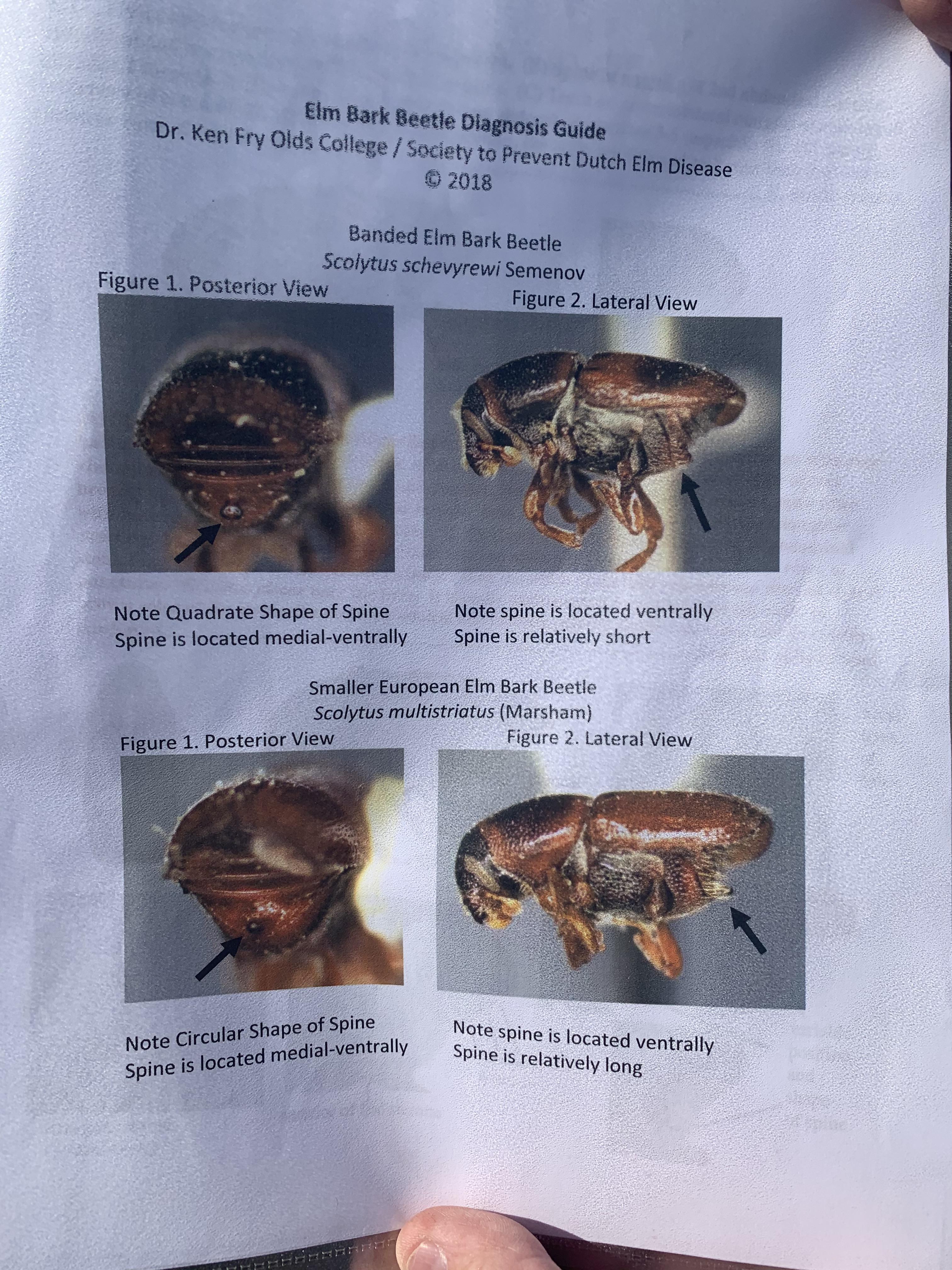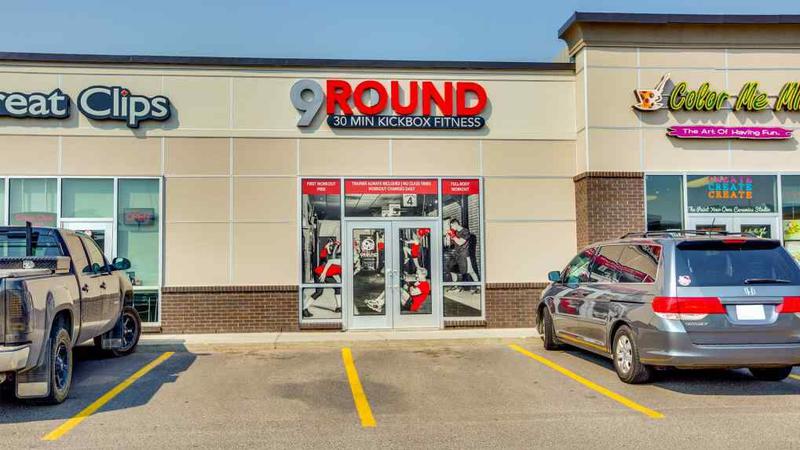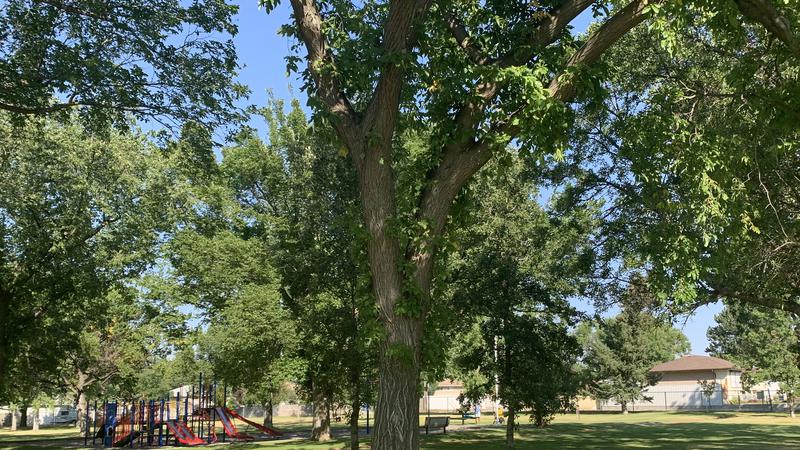
City of Lethbridge confirms cases of Dutch Elm Disease
LETHBRIDGE, AB – A disease that poses a serious risk to elm trees has been confirmed in Lethbridge.
Dutch Elm Disease (DED) is caused by fungus that can be carried on the bodies of Elm Bark Beetles who fly to new elm trees, spreading the infection as they move along.
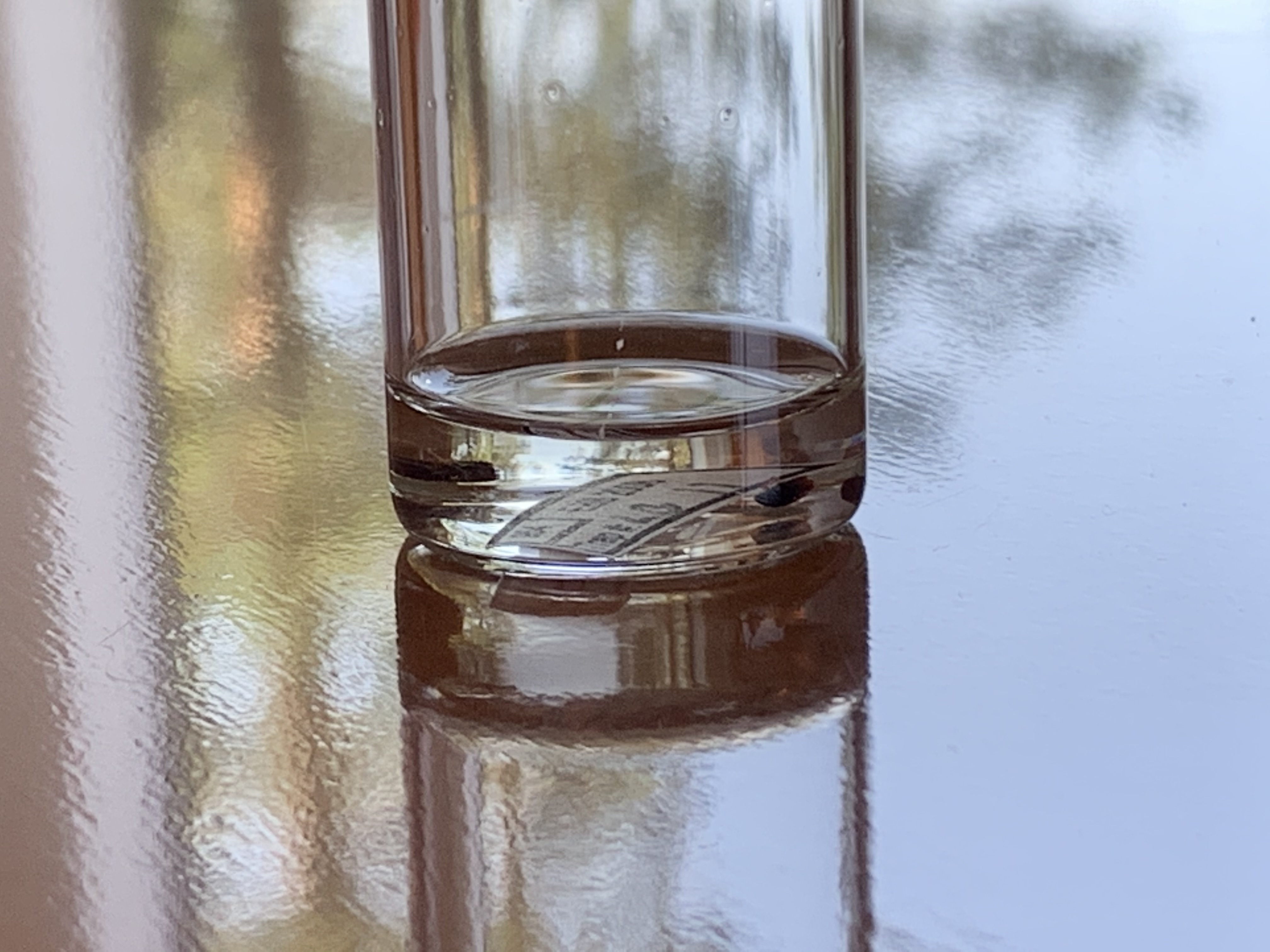 Elm Bark Beetles (Lethbridge News Now)
Elm Bark Beetles (Lethbridge News Now)Earlier this month, forestry staff with the City of Lethbridge noticed symptoms of DED on two trees on the north side of the city.

